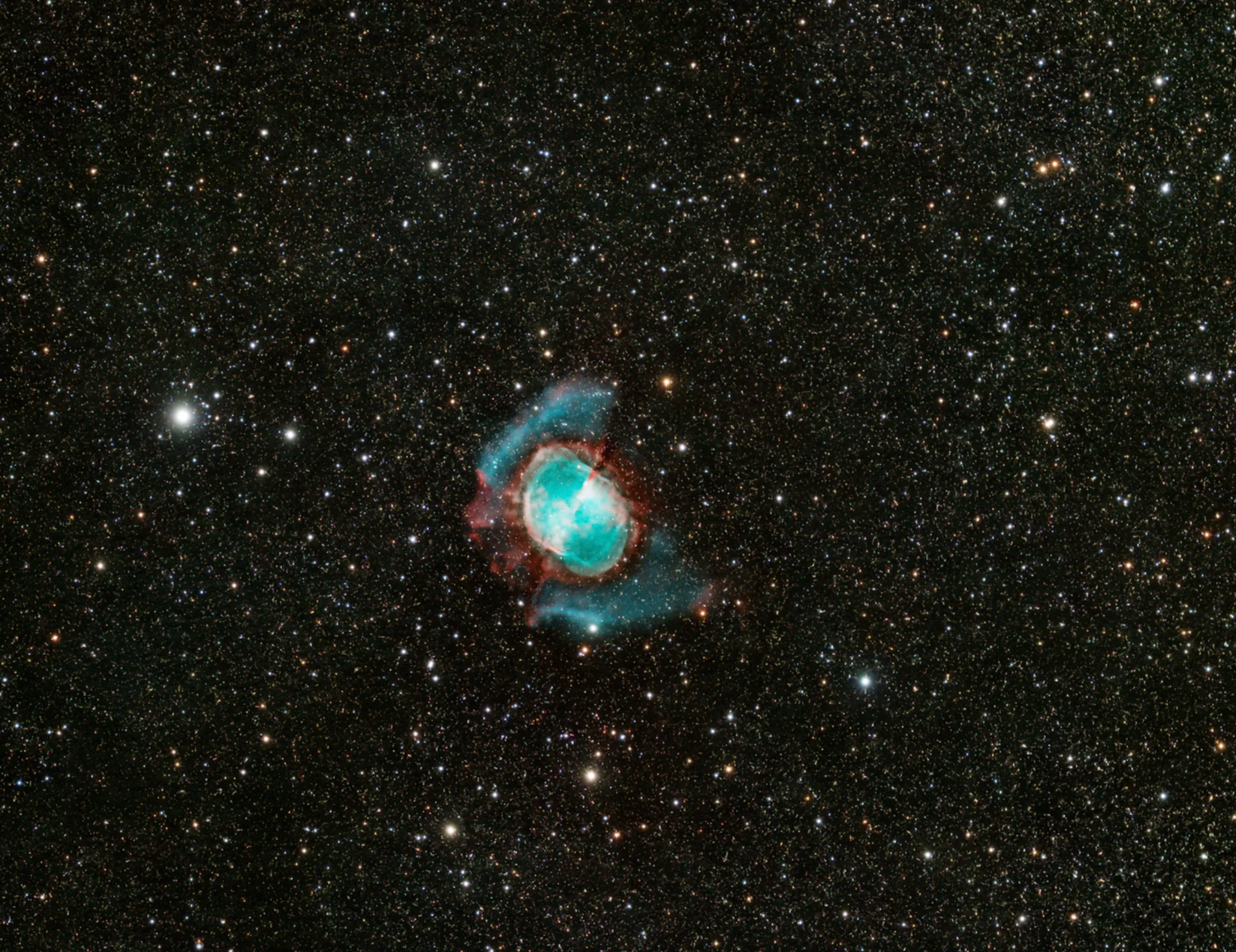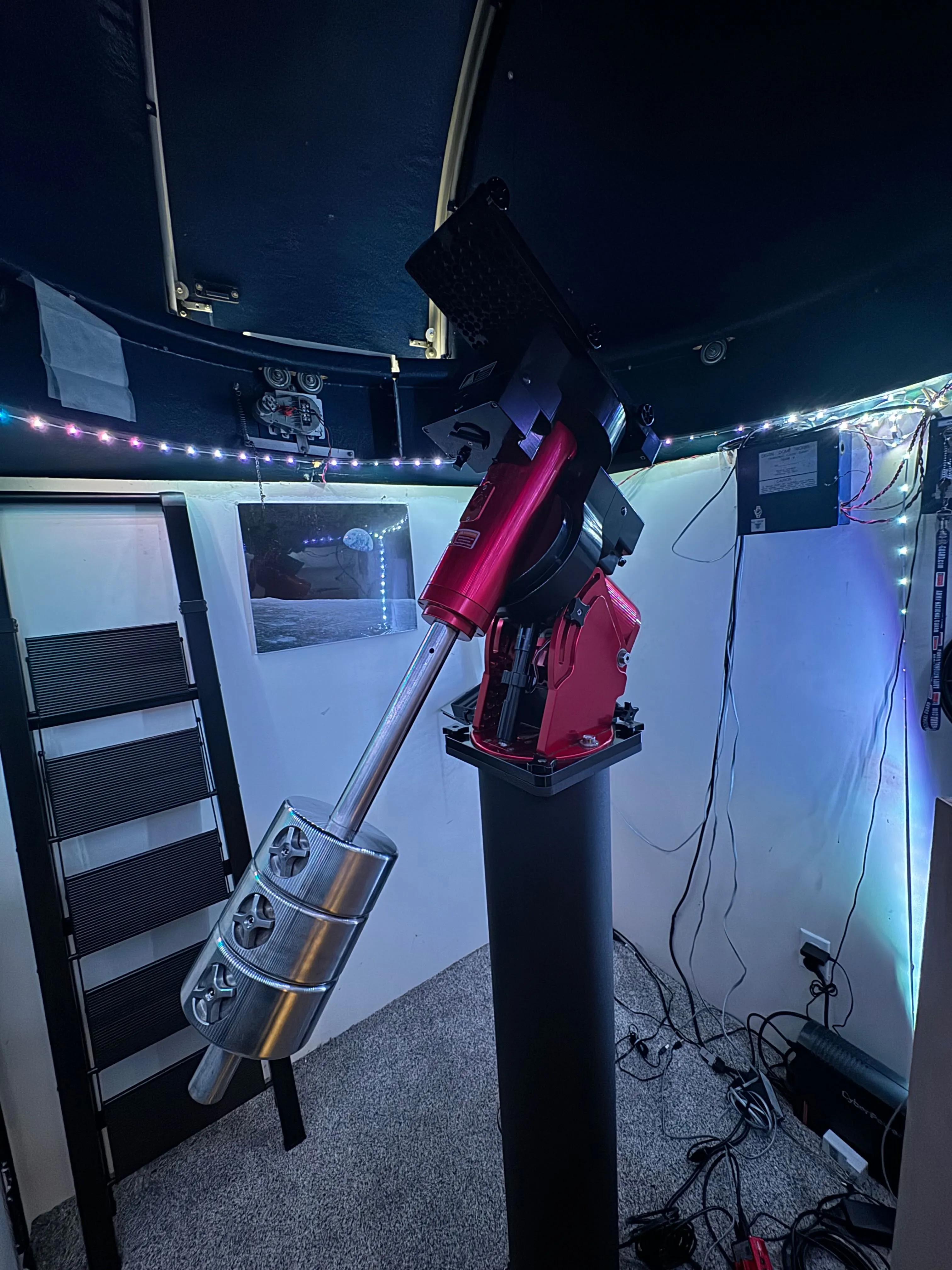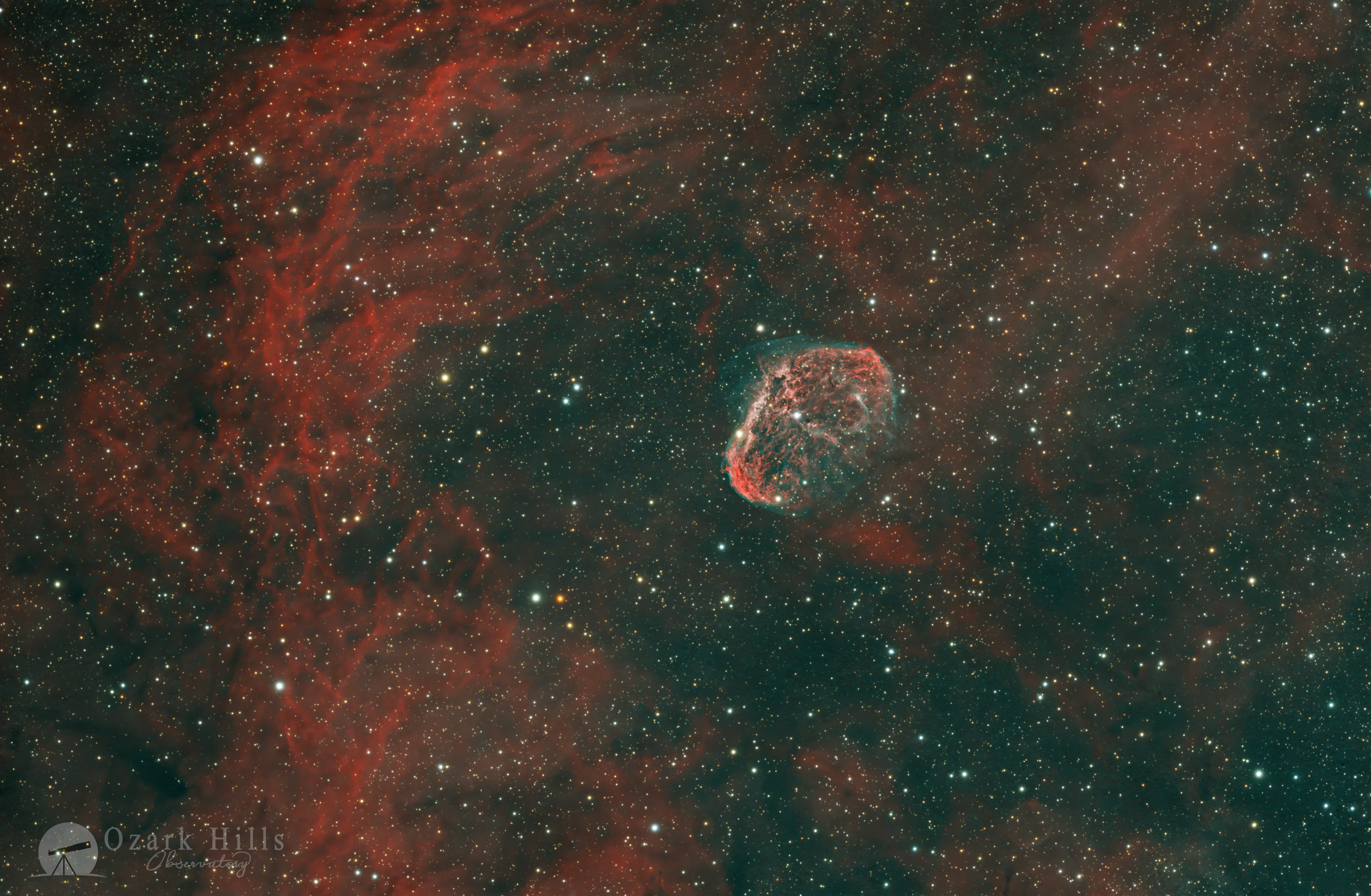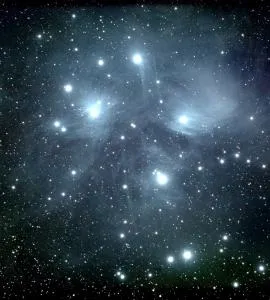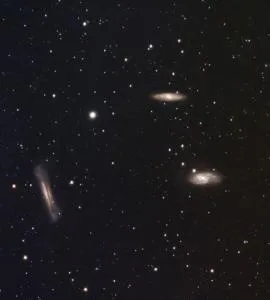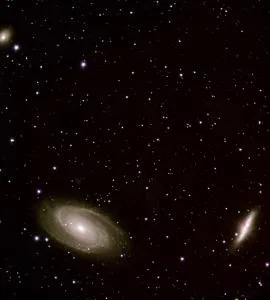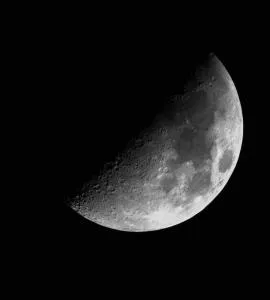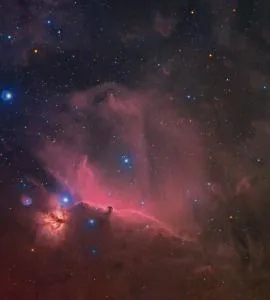Centaurus A NGC 5128 astrophoto using a 24 inch CDK24 PlaneWave telescope

We used photographic data captured from a remote observatory in Chile using the CDK24, a 24" telescope by PlaneWave to capture the the Centaurus A NGC 5128 galaxy.
A celestial object that has captivated the imaginations of astronomers and photographers alike is NGC 5128, a peculiar galaxy located in the constellation of Centaurus. With its striking dust lanes and radiant core, NGC 5128 presents a unique opportunity for astrophotographers. Centaurus A is the fifth brightest galaxy in the night sky, and it also holds the distinction of being the closest giant galaxy to the Milky Way plus ranks among the nearest radio galaxies to our Earth.
For this session we used data acquired in February 2023 from a remotely operated Chile observatory we are now leasing. It is equipped with a state-of-the-art 24-inch CDK Planewave telescope, mounted on the robust L600 direct drive mount, ensuring stability and precision as we traverse the celestial sphere. The camera used is the Moravian C3-61000 Pro.
Telescope: PlaneWave 24"
Mount: Planewave L600 direct drive mount
Camera: Moravian C3-61000 Pro
Guider: Williams Optics 50mm, ASI 120mm
Controller: NINA
Acquisition: RGB+L (2.5 hours total)
RGB combinded data for star color, 35 minutes each channel
Luminance: 7 - 300s subs (35 minutes)
Darks/Flats/Bias: None
Processing: Pixinsight, Photoshop
Location: Chile/Missouri
Bortle: 1
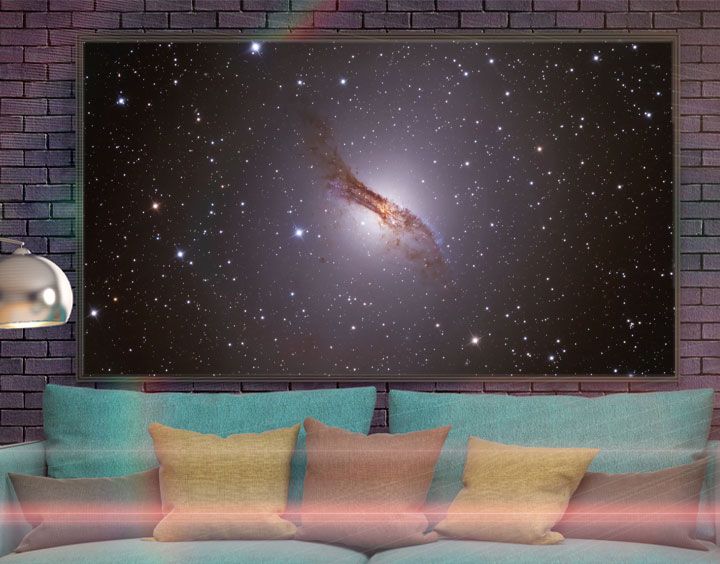
The target: Centaurus A NGC 5128
Centaurus A is a galaxy in the constellation of Centaurus. It was discovered in 1826 by Scottish astronomer James Dunlop from his home in Parramatta, in New South Wales, Australia. There is considerable debate in the literature regarding the galaxy's fundamental properties such as its Hubble type and distance.
Radius: 48,500 light years
Discovered: April 29, 1826
Apparent mass: ~1,000 billion M☉
Magnitude: 6.84
Coordinates: RA 13h 25m 28s | Dec -43° 1′ 9″
Discoverer: James Dunlop
Constellation: Centaurus
About the Author

Meet Richard Harris, a passionate and dedicated astronomer who embarked on a cosmic journey at the age of 11 and has been reaching for the stars ever since. Born with an innate curiosity for the universe. Richard's fascination with astronomy ignited when he first gazed up at the night sky and felt an indescribable connection to the cosmos and creation. As a younger lad, Richard spent countless hours poring over astronomy books, studying constellations, and learning about the celestial wonders that grace our skies. In 2001, Richard invented the HyperTune telescope process, which has grown into the standard for German equatorial telescope mount tuning across the globe. He is also the founder of ScopeTrader, a global resource helping to grow the hobby of astronomy which started in 2002, and the CEO of Moonbeam software company, started in 2008. When he's not taking photos of our universe, you can find him with family, playing guitar, or traveling.

